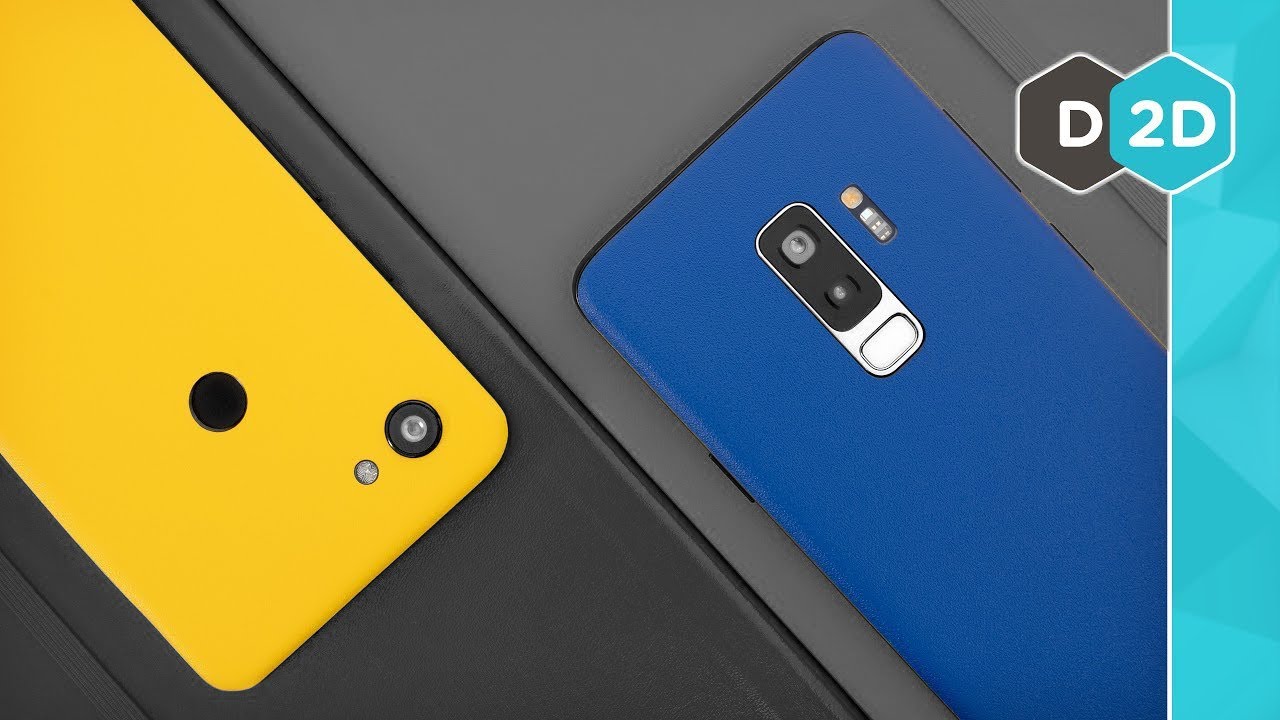
Do you know what the latest development in wireless security cameras is?
The latest revolution in security cameras doesn’t involve the sensor or the lens, it involve the transmission signal.
Wireless security cameras are now going WiFi.
Looking at the latest technologies, it is no surprise that WiFi is welcomed in to this field. Many wireless surveillance cameras are now available to make any surveillance system highly efficient and functional.
A wireless security camera can perform many functions such as remote viewing, motion detection and recording, and the best of all is that it is battery operated.
To understand why wireless surveillance cameras have become so popular, you must first understand what WiFi stands for and its functions.
WiFi is short for wireless fidelity refers to a set of wireless networking technologies and more specifically referred to as any type of 802.11 network, 802.11b and 802.11a and dual band. The word WiFi was built by an organization named as WiFi alliance. A product that undergoes the WiFi alliance analyses is given the name WiFi certified.
WiFi is a wireless technology that handles the networking/communication between devices. WiFi is caused by Radio waves that are transmitted from an antenna and WiFi receivers pick them up. These signals are then broadcasted to the device with WiFi connection.
WiFi equipped consumer electronics range from automobiles, cameras, computers, camcorders, mobile phones, video games, GPS systems, DVD players, printers, and many more. Security cameras now have joined the growing list of WiFi devices. The reason is attributed to many homes now having WLAN (WiFi local area network). You would just have to connect the wireless security camera to the network to give coverage of wider areas.
In WiFi surveillance cameras, the video signals go over a wireless LAN and then to a video server or PC. You can install a WiFi surveillance camera much faster than a traditional wired security camera. Perhaps the biggest advantage is that the WiFi security camera can be remotely controlled by laptop or phone with Internet facility and the picture quality is uninterrupted. But the disadvantage lies in the security of the video transfer. If it is not encrypted, it can easily be tapped and create security problems.
How are WiFi surveillance cameras better than regular wireless RF security cameras?
RF wireless surveillance cameras use radio frequency wireless technology similar to some high-end cordless phones to transmit and receive wireless video signals. It has many advantages such as being mobile and can be set up anywhere. A major drawback of wireless RF security camera is that the radio signals used to transmit video can be interrupted by electric motored products such as AC, fluorescent lighting or cordless telephones which affect the picture quality.
Where should you use a WiFi surveillance camera?
A WiFi surveillance camera is made for indoor use, whether for a company or home use. It must be placed at locations with minimum RF interference.
What do resellers need to be wary of when listing WiFi surveillance cameras? As a seller of WiFi surveillance cameras, you must list the compatibility properties of these cameras with the different types of networks like 802.11b or 802.11g WiFi networks. This helps the customer make an informed decision and avoid unnecessary problems of refunds and returns. You become a trustworthy seller as opposed some sellers, who claim that the surveillance cameras are WiFi enabled but they use radio waves for wireless transmission and create network issues for the customer.
Rose Li













